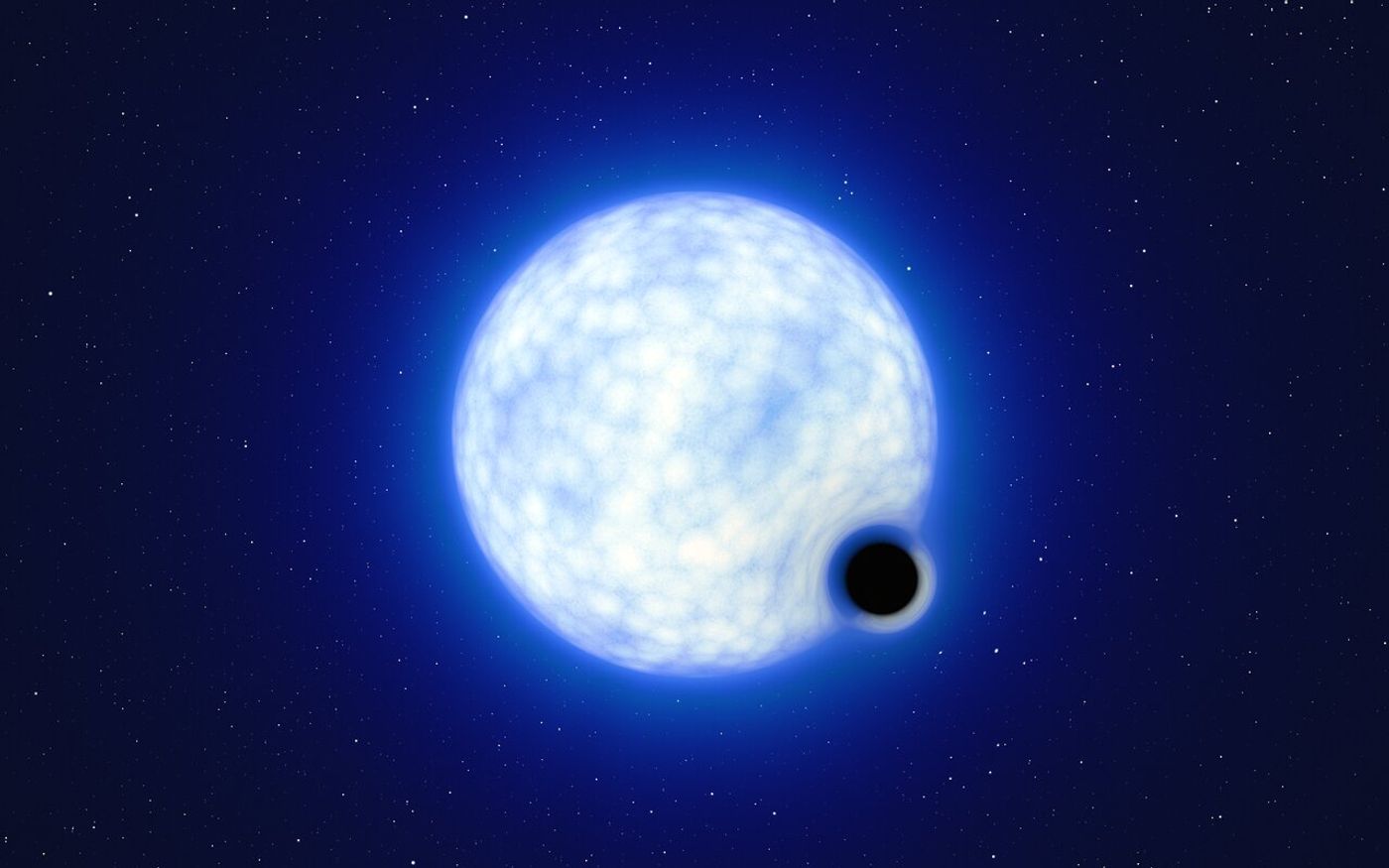Black Hole Found Lurking Outside Our Galaxy
A recent study conducted by an international collaboration of experts and published in Nature Astronomy have discovered what is known as a stellar-mass black hole, meaning it’s more than 15 times as massive as our own Sun. What’s intriguing about this finding is this particular team of experts is known as the “black hole police” for debunking potential discoveries of black holes rather than discovering the universe’s most destructive phenomenon themselves. The black hole in question was found in a neighboring galaxy, the Large Magellanic Cloud, and the researchers found that the star that birthed the black hole appears to have vanished without any indication of a large explosion. This is most uncommon since black holes are hypothesized to form from the supernovas of large stars.
"For the first time, our team got together to report on a black hole discovery, instead of rejecting one," says Dr. Tomer Shenar, a Marie-Curie Fellow at Amsterdam University, Netherlands, and lead author of the study.
This newly found black hole, identified as VFTS 243, was discovered after six years of observations of the Tarantula Nebula with the Fibre Large Array Multi Element Spectrograph (FLAMES) instrument on the European Southern Observatory’s (ESO’s) Very Large Telescope (VLT). VFTS 243 is estimated to be at least nine times the mass of our Sun that orbits a hot, blue star that’s more than 25 times the mass of our Sun.
Since the star that gave rise to VFTS 243 was not followed by a powerful supernova explosion, this opens the door to further exploring the processes that accompany the formation of black holes.
"The star that formed the black hole in VFTS 243 appears to have collapsed entirely, with no sign of a previous explosion," explains Shenar. "Evidence for this 'direct-collapse' scenario has been emerging recently, but our study arguably provides one of the most direct indications. This has enormous implications for the origin of black-hole mergers in the cosmos."
Currently, thousands of stellar-mass black holes are predicted to exist within our own Milky Way and in the Magellanic Clouds. Despite the team’s “black hole police” nickname, they actively encourage scrutinizing scientific findings and hope their study will enable discoveries of other stellar-mass black holes orbiting massive stars, as well.
Sources: Nature Astronomy
As always, keep doing science & keep looking up!









